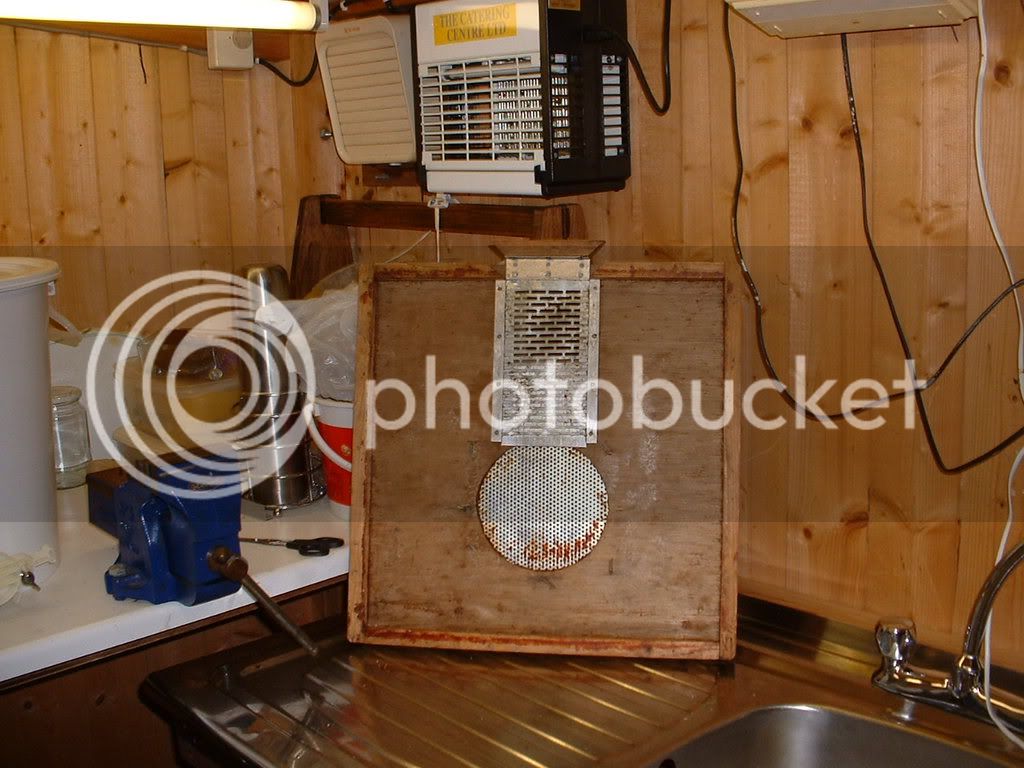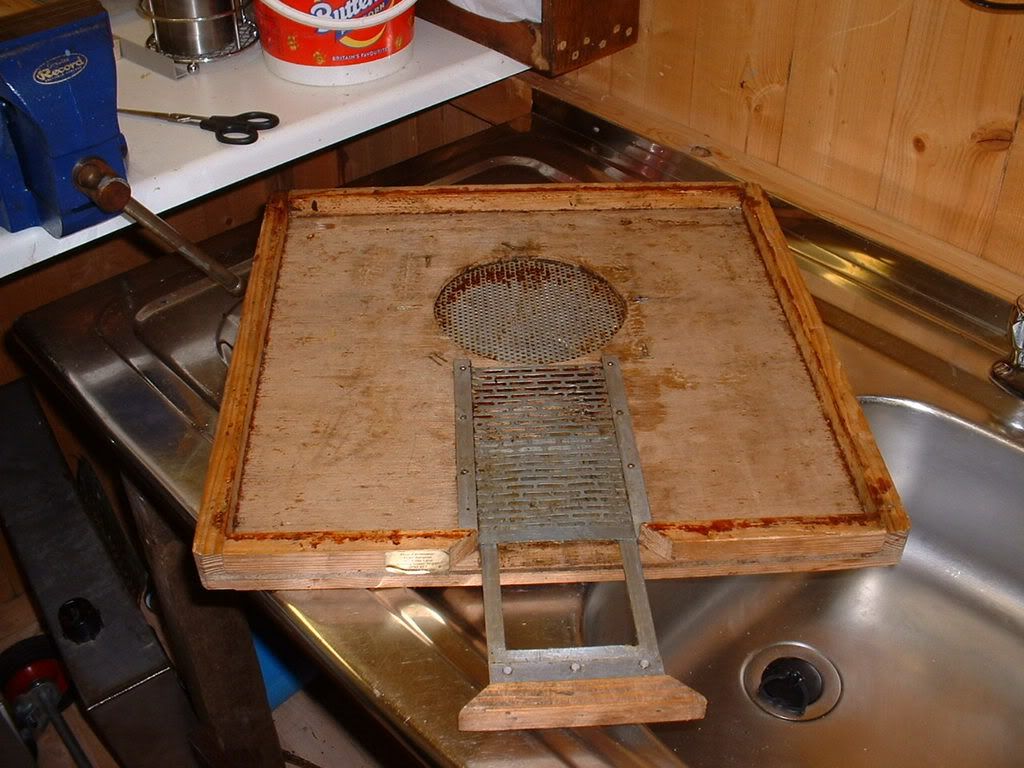MrB
Drone Bee
- Joined
- Aug 25, 2009
- Messages
- 1,112
- Reaction score
- 0
- Location
- Oswestry, Shropshire, UK
- Hive Type
- National
- Number of Hives
- 3
Just read Snelgroves book on swarming, i did hope that i would understand it better, but! even more confused 


Can anyone explain and KIS ??
Can anyone explain and KIS ??







 .
. Mike
Mike